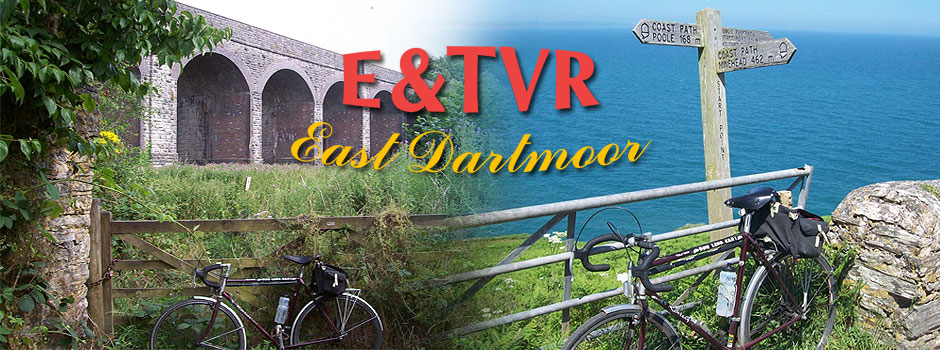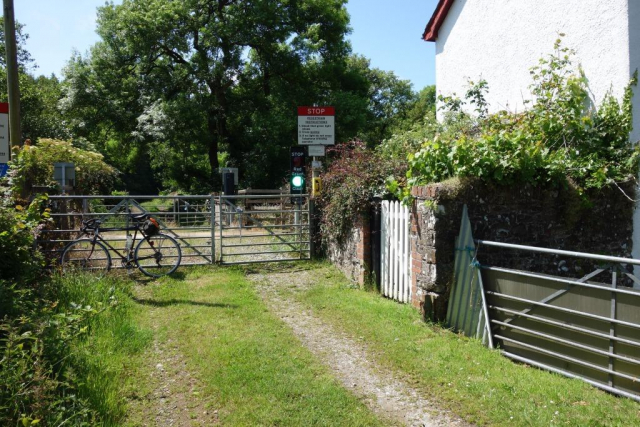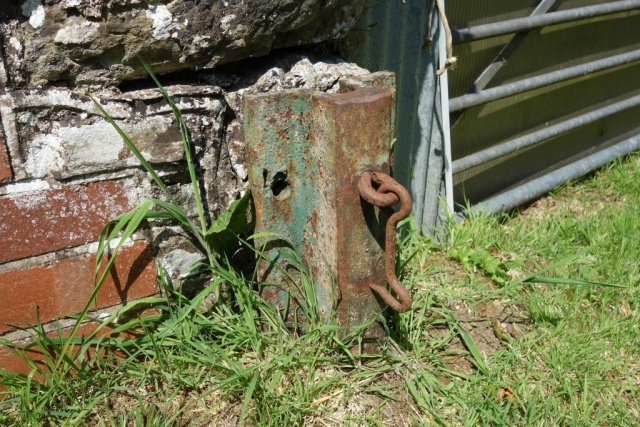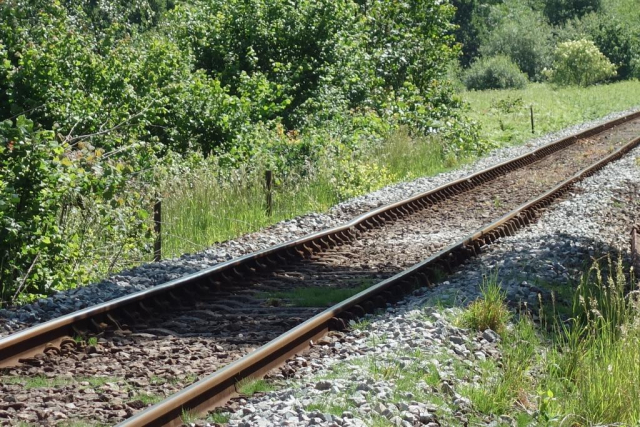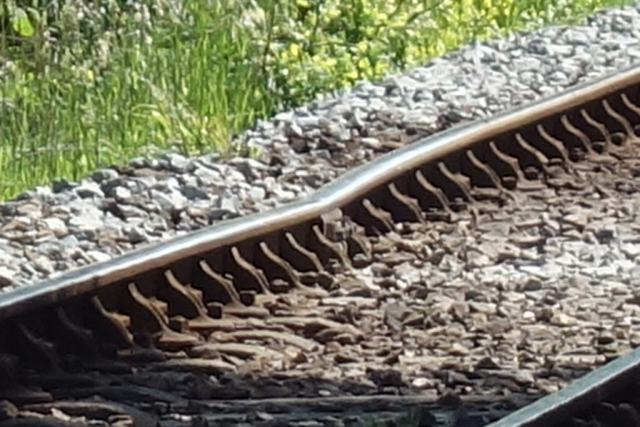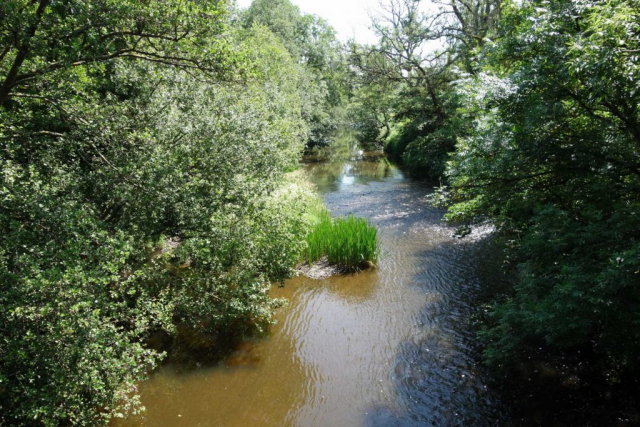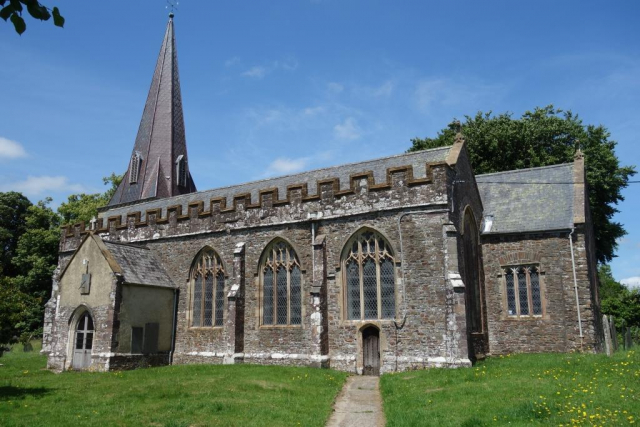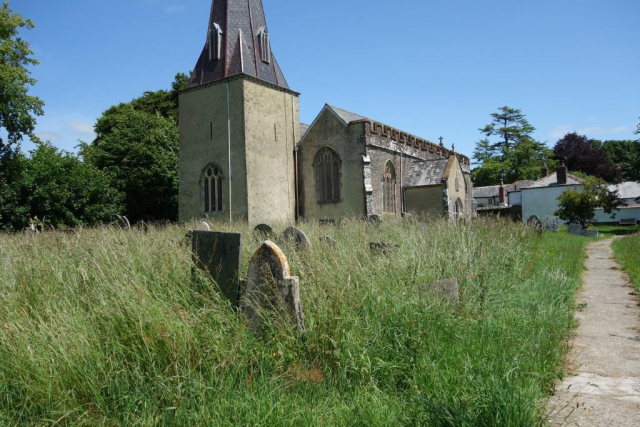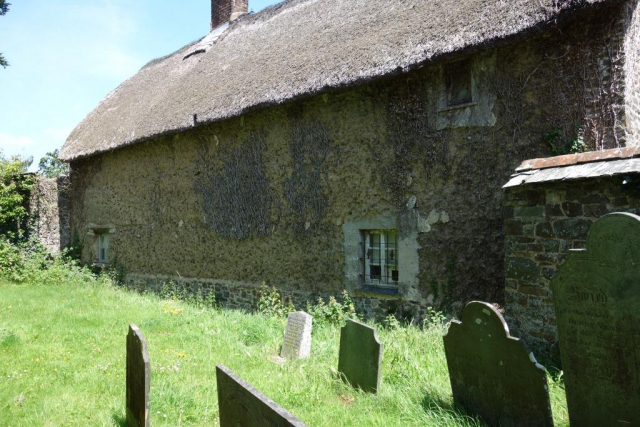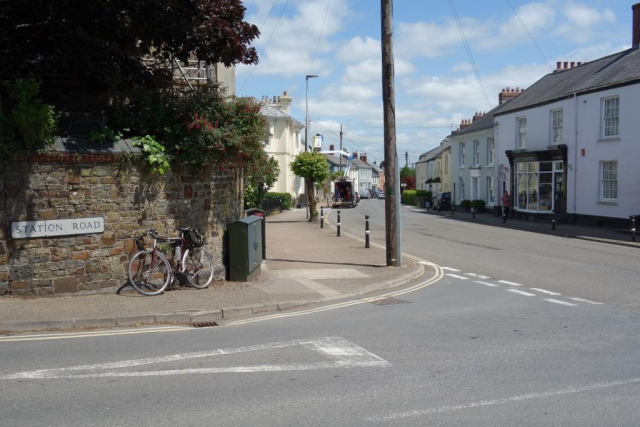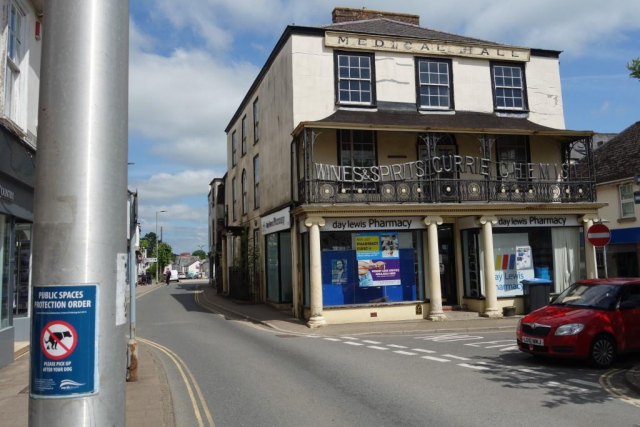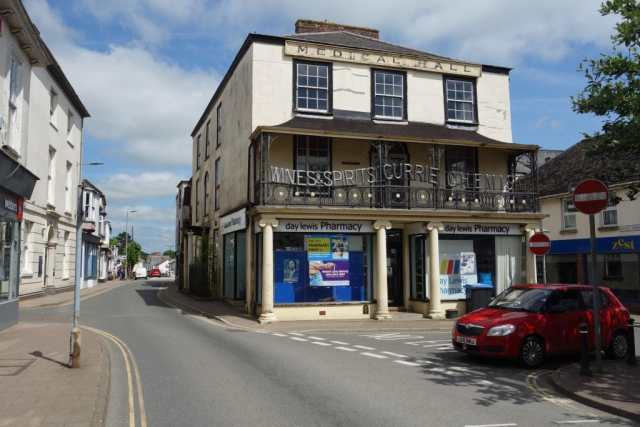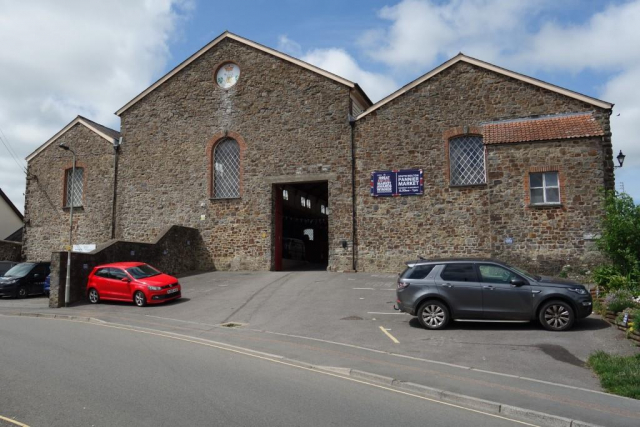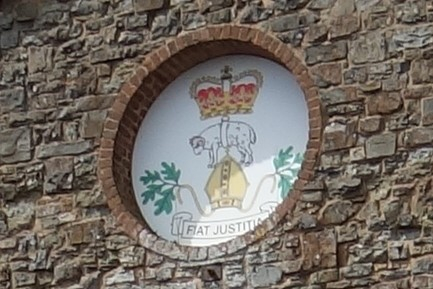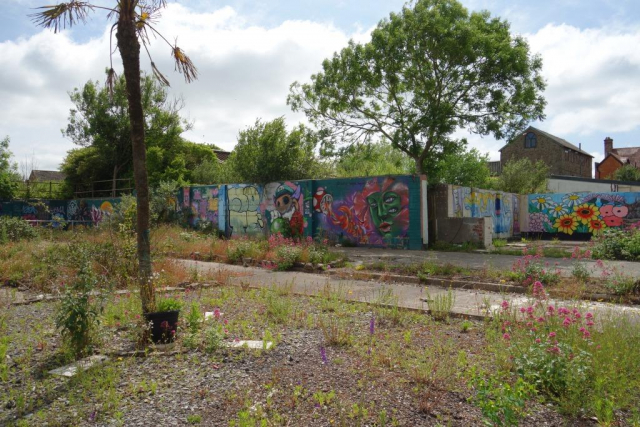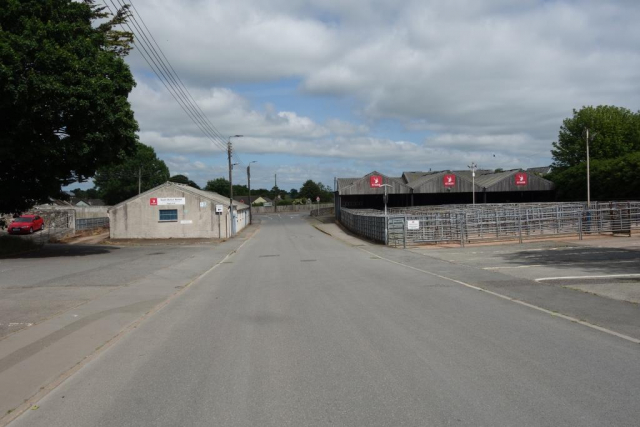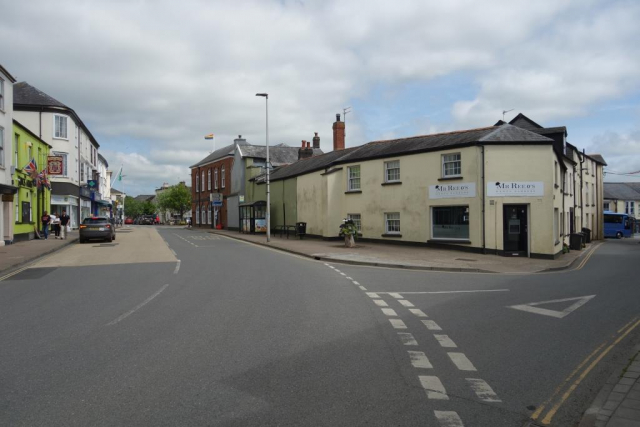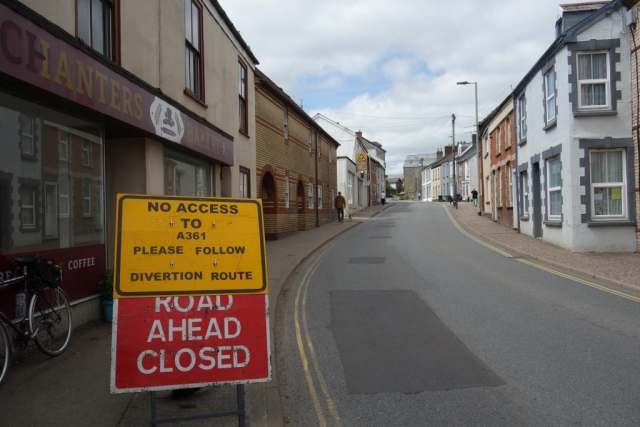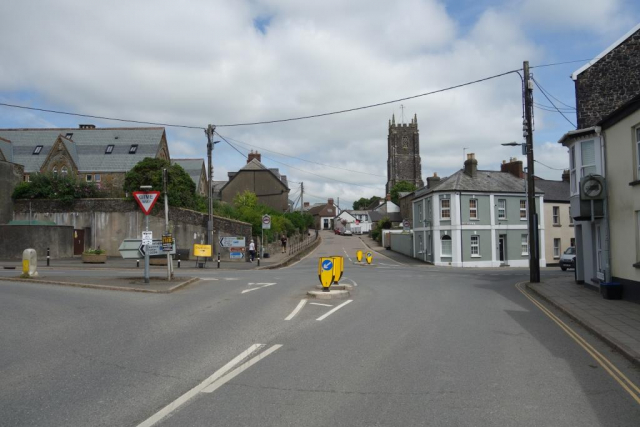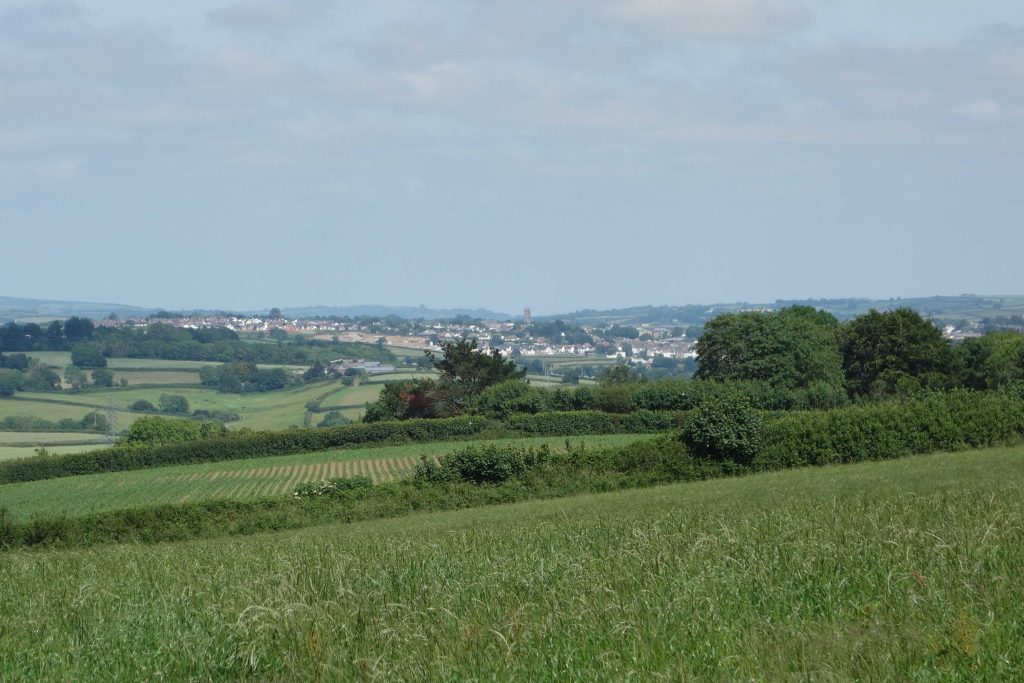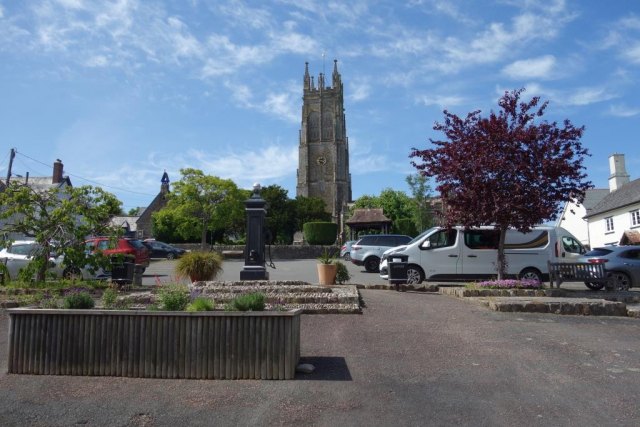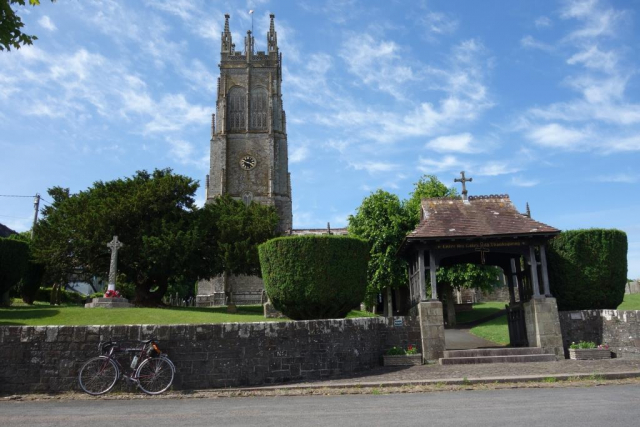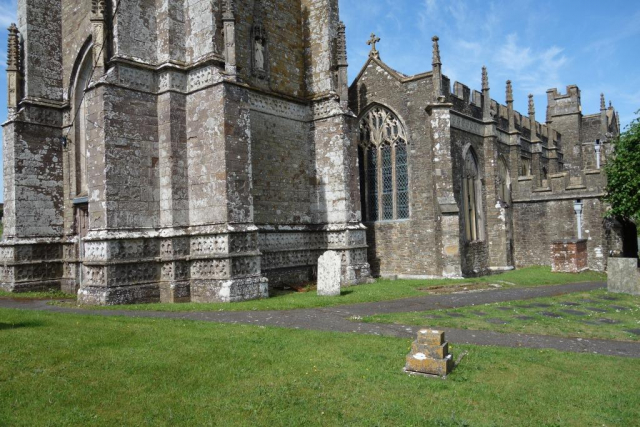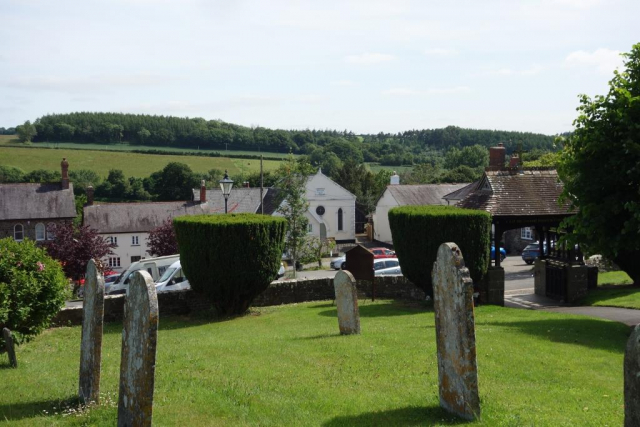As surface dressing was planned for the road to Exeter, the scout drove the utilicon to Crediton and caught the train to Copplestone.
Another cyclist was caught the train, intending to cycle from Barnstaple to Newton St. Cyres, via Sheepwash and Okehampton. As he was from Yorkshire, the scout advised that if he felt weary at Okehampton, he could return by train.
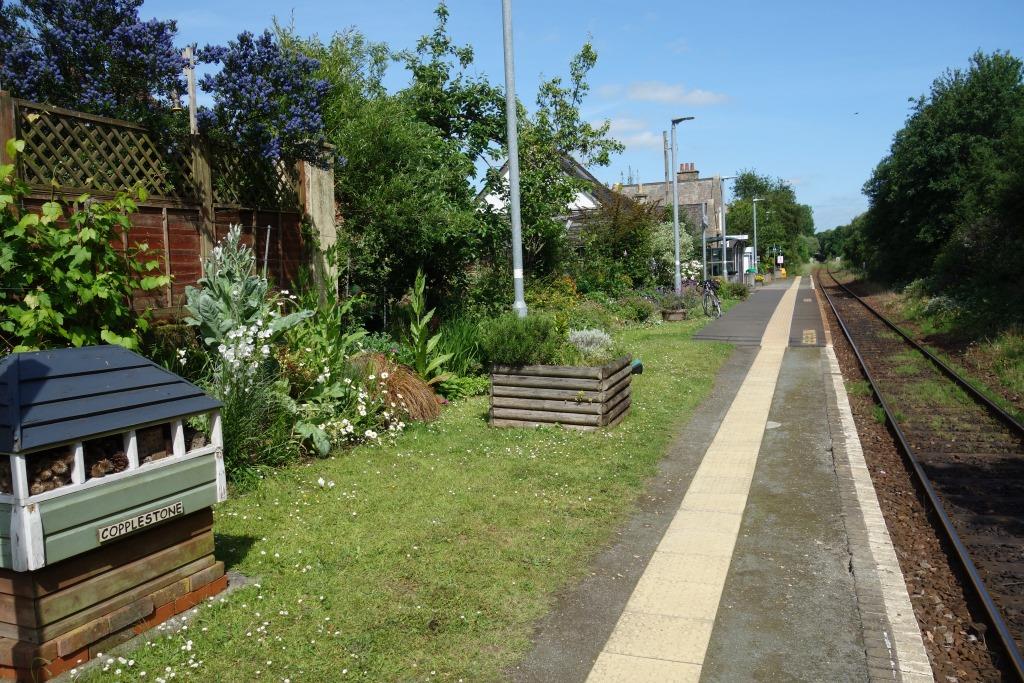
The scout stopped at Lapford to take some photos in better light than he’d had the previous year. Then he pulled off the turnpike to see his favourite bridge.
“Overlay” Miniature Warning Stop Lights, independent of the signalling system, cost between £120,000 and £150,000 per crossing, the scout read in Rail Engineer.
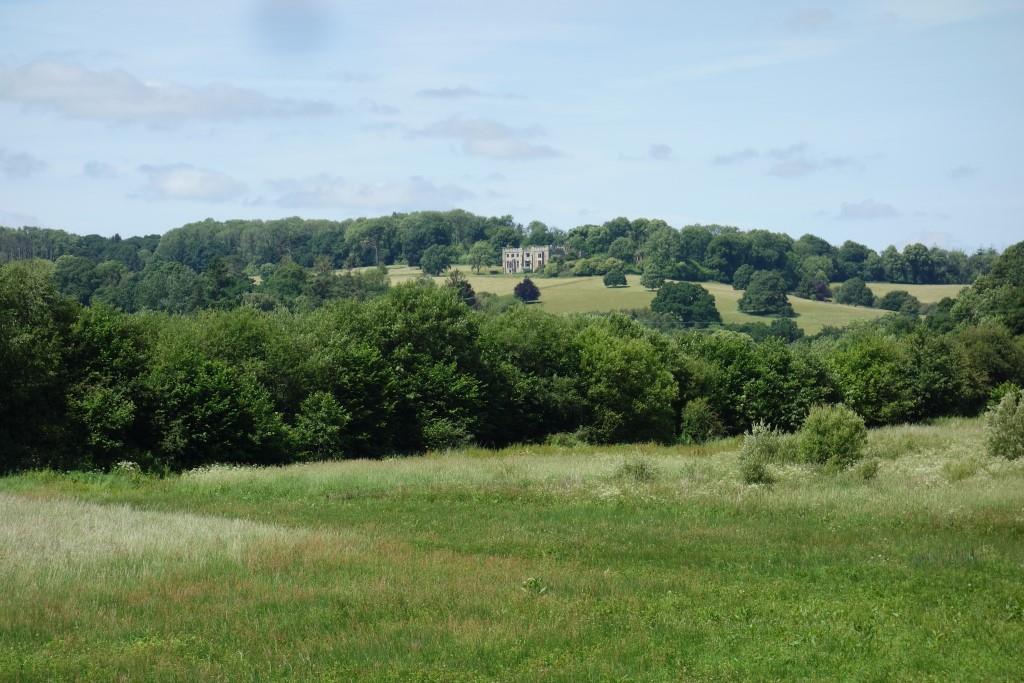
The scout stopped at Eggesford to see his train return from Barnstaple and then carried on to King’s Nympton Station, where he took the road to South Molton. He hadn’t taken this road since he went to have a closer look at the repurposed Castle Hill Viaduct on the former Devon & Somerset line.
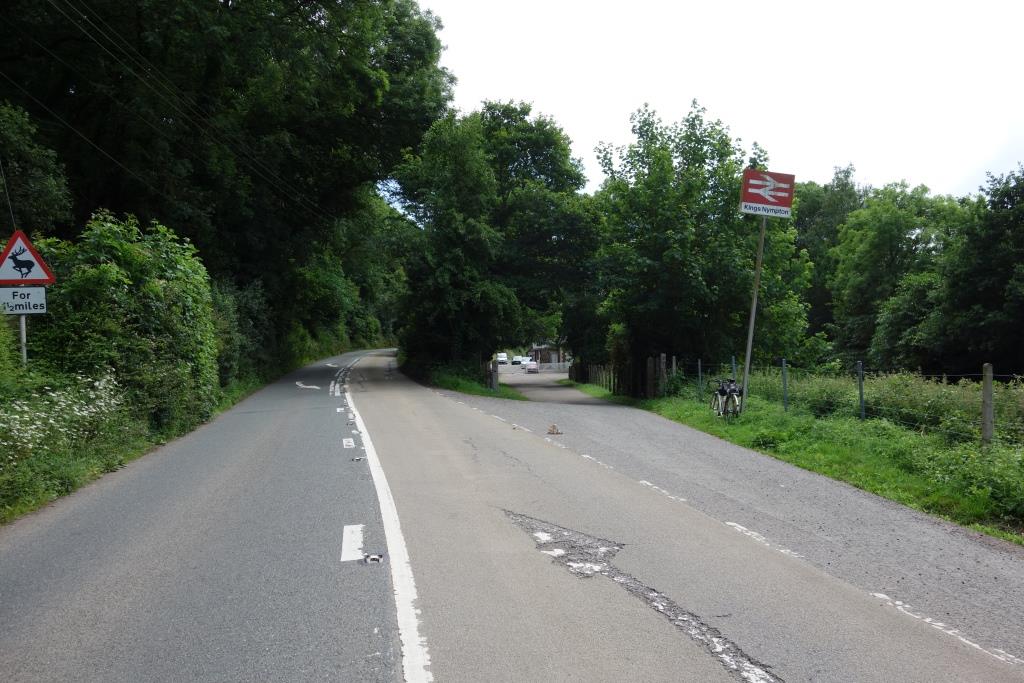
Here was the old one in June, 2024, in need of a wash.
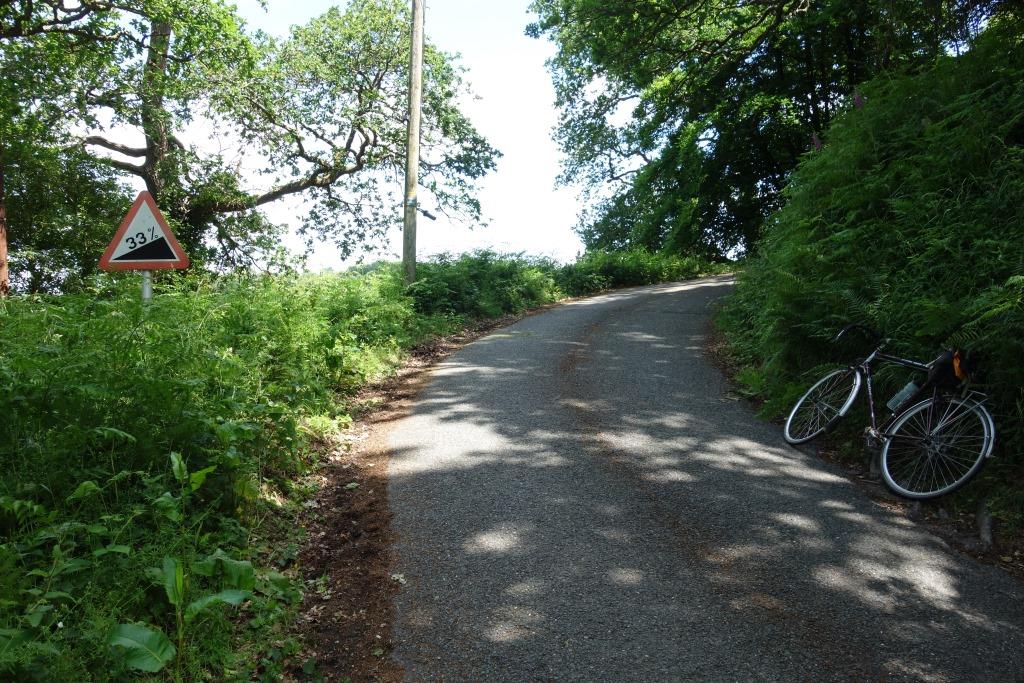
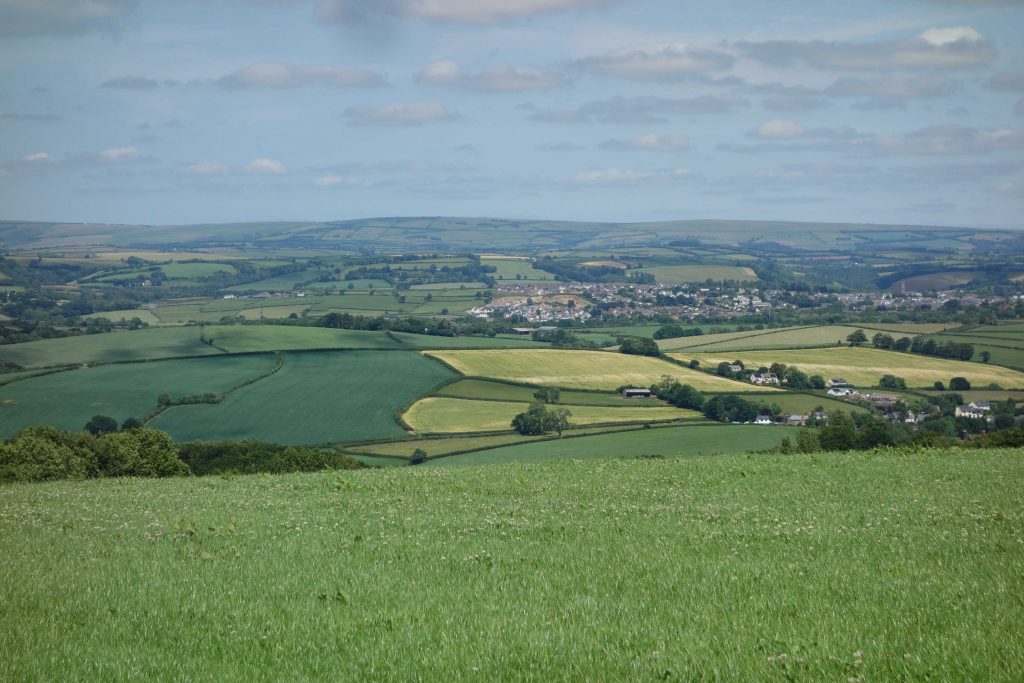
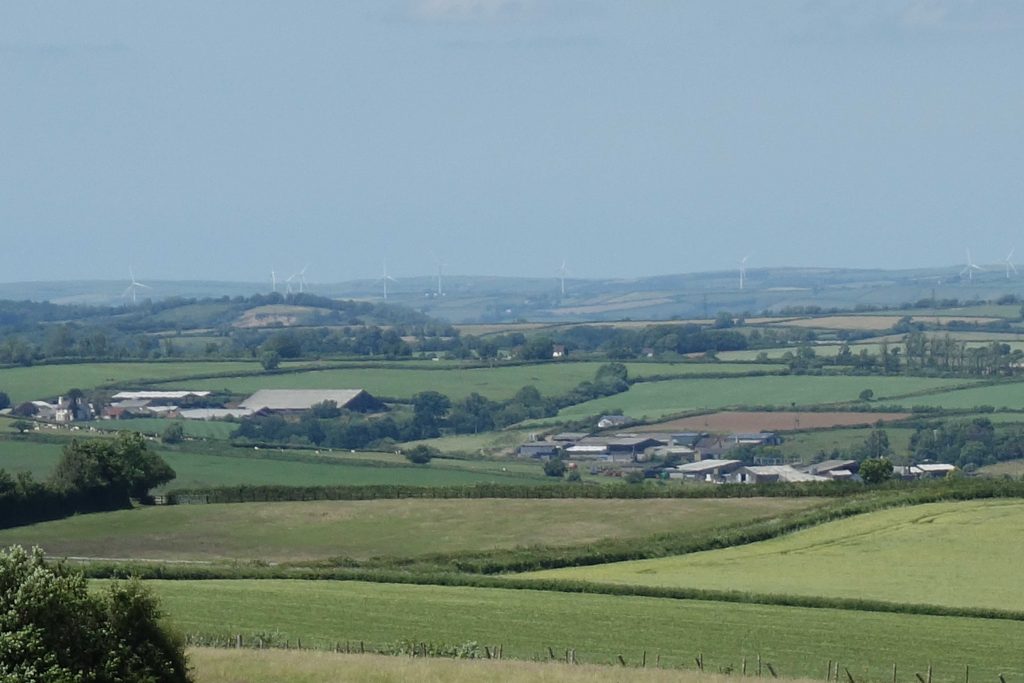
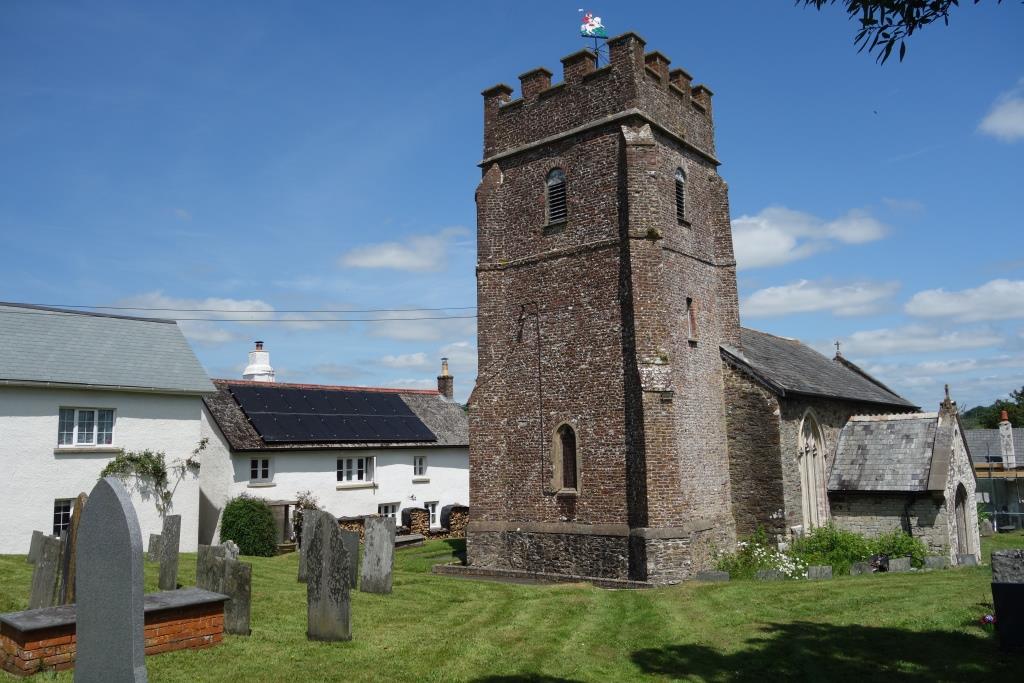
South Molton
The scout forked at Torrington Cross (marked by the O.S. as “Hamiver Cross”) and made for Chittlehampton.
Chittlehampton
Hieritha was beheaded with a scythe. At the Green Scythe Fair he had attended the previous Sunday, the scout saw only grass being mowed but he noted that the Austrian scythes being sold could be deadly implements.
The “Ploughman’s”—cheddar, ham hock. lettuce and piccalilli—sandwich, bought in South Molton’s Costcutter, was rather good but the scout decided, when he saw the “Chittlechatter” shop, Post Office and tea rooms, just along from The Square, that he would have chosen this for lunch had he known of it.
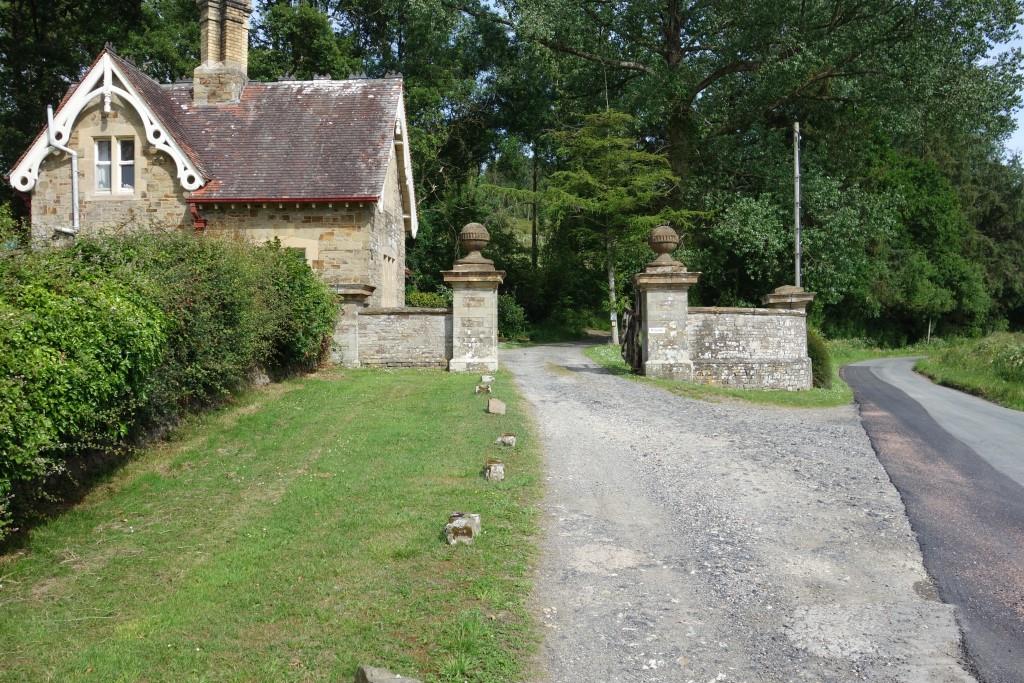
The scout had clocked a mere 42 miles when he reached Barnstaple, in time for the 1733. The Guard was an old pal, now in semi-retirement working three days a week.
